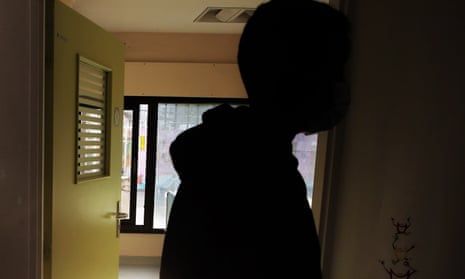Margaret Harvey, the cabinet member for children’s services in Knowsley, Merseyside, said she reacted with “absolute horror” when told the local authority was going to have to pay almost £50,000 a week for one child’s placement earlier this year.
But the council had no choice, she insisted. It had a statutory duty to find that teenager a safe place to live after a judge made them subject to a “deprivation of liberty order” (DOL).
These orders allow a child to be locked up because they are deemed a severe danger to themselves or others, or their life is at risk from criminal gangs. The orders are increasingly being used to detain children in unregistered settings such as rented flats or houses because there is no space for them in a secure children’s home.
Julie Moss, Knowsley’s director of children’s services, said she took a “sharp intake of breath” after receiving the quote, and then asked for a cost breakdown on how it could cost so much to accommodate one vulnerable child.
While insisting she was not defending profiteering, she said costs soon mount up for providers caring for the most vulnerable children, who may need four carers 24/7.
The £49,680-a-week placement, which began earlier this year, was to provide “tier 3.5” support to a very troubled young person. That support offers intensive services provided in the community, which can act as a bridge between a hospital and community services, with the aim of preventing the need for an admission, or facilitating a more swift discharge back to the community.
Moss said she reviewed the placement “weekly, sometimes daily,” and that it had since reduced in price to £24,000 a week.
It is a lot of money in a council where money is tight. Knowsley saw a 50% cut in its central government grant from 2010 to 2020, a loss of £100m, and Harvey estimated that one child could use up 8% of the entire children’s services budget of £31m.
Harvey said: “Costs have spiralled … I’m not just making that as a general point, regarding inflation. But I think part of the competition in this market has meant that basically a provider can charge what they want and it may or may not relate to the cost of caring for the child.”
She said other local authorities were facing similar bills but that the issue is “possibly exaggerated here because of the extreme poverty of some of our families”. Knowsley is the second most income-deprived local authority, after Middlesbrough.
Finding specialist placements is really hard, said Moss. “When we are looking for care, certainly specialist care, our commissioners can contact up to 400 providers. And you might get one or two who come back to you. You can search up and down the country.”
She added: “At the end of the day in social care, your job is to make what we would refer to as ‘defensible decisions’. To stand up in a court and say ‘I’m sorry, your honour, we couldn’t afford that particular placement,’ I would suggest probably wouldn’t be a defensible decision because you do have to respond to the needs of that individual young person.”
